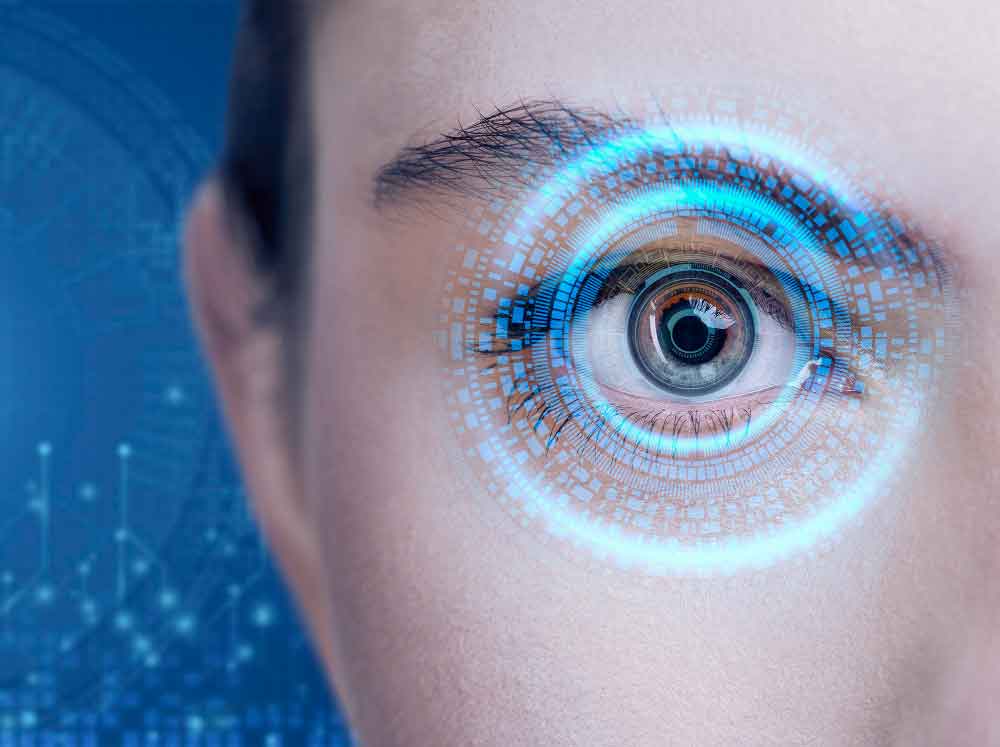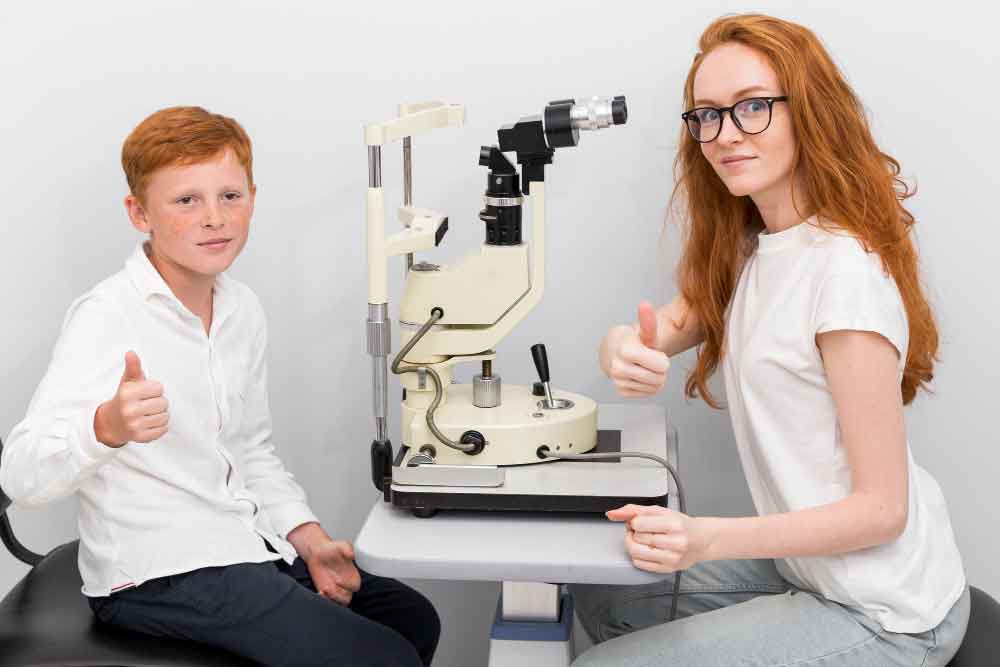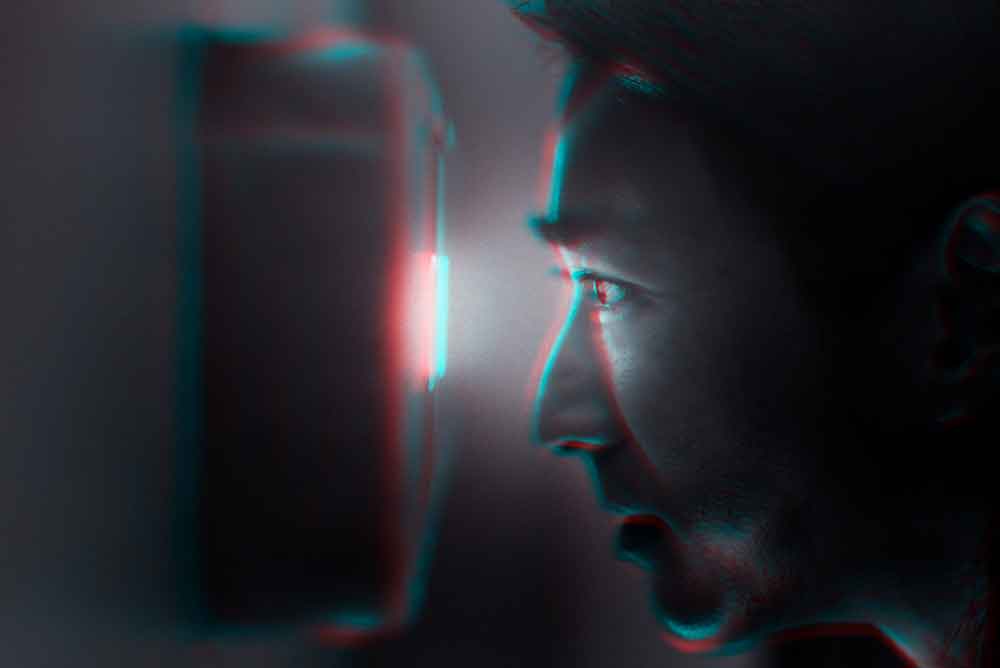Diabetic retinopathy can be defined as an eye condition that causes changes to the blood vessels in the retina. The lining at the back of the eye changes light into images. The blood vessels swell, leak fluid, or bleed, which leads to vision changes or blindness. It affects both eyes. Without early detection, diabetic retinopathy scars and damage the retina.
Diabetic retinopathy is the most common cause of blindness for people with diabetes. It is also the leading cause of blindness for all adults in the U.S.

What Are The Symptoms Of Diabetic Retinopathy?
Symptoms of diabetic retinopathy are :-
- Loss of central vision, which is used when anyone read or drive
- Color blindness
- Blurry vision
- Holes or black spots in the vision
- Small spots in the vision caused by bleeding
What Are The Main Causes Of Diabetic Retinopathy?
If the blood glucose level is too high for a long period of time, it blocks off the small blood vessels that keep the retina healthy. After blockage eye will try to grow new blood vessels, but they won’t develop well. Consequently, the blood vessels start to weaken. They can leak blood and fluid into the retina. Then macular edema can cause. It can make the vision blurry.
As the condition gets worse, more blood vessels become blocked. Scar tissue builds up because of the new blood vessels the eye has grown. This extra pressure can detach or tear the retina.
This can also lead to eye conditions like glaucoma or cataracts (the clouding of the eye’s lens) that result in blindness.
What Are The Risks Of Diabetic Retinopathy?
If a person has any form of diabetes — type 1, type 2, or gestational — he/she has a chance of getting diabetic retinopathy. Almost half of Americans are diagnosed with diabetic retinopathy.

Other things that can raise the diabetic retinopathy chances are :
- High blood pressure
- High cholesterol
- Tobacco use
- Being African American, Hispanic, or Native American
What Are Stages Of Diabetic Retinopathy?
There are four stages of diabetic retinopathy :
- Mild nonproliferative retinopathy :- This is the earliest stage, in this tiny blood vessels in the retina change and small areas swell. Fluid leak out into the retina.
- Moderate nonproliferative retinopathy :- As the disease worsens, blood vessels that keep the retina healthy swell and change shape and are unable to deliver blood to the retina. This can change the way the retina looks. These blood vessel changes trigger diabetic macular edema (DME).
- Severe nonproliferative retinopathy :- In the third stage, many blood vessels get blocked and can not deliver blood to the retina to keep it healthy.
- Proliferative diabetic retinopathy (PDR) :- This is the most dangerous stage. New blood vessels grow inside the retina and then into the jelly inside the eyeballs called the vitreous humor. New blood vessels have chances to leak fluid and bleed. Scar tissue starts to form and detachment of the retina started. This can lead to permanent blindness.
How Is Diabitic Retinopathy Identified?
Doctors can diagnose diabetic retinopathy by taking an eye exam.
- Pupil dilation :- Doctor will check by dilating the pupils to look for any changes in the eye’s blood vessels or see if any new ones have grown. They’ll also see if the retina is swollen or detached.
- Fluorescein angiogram :- This test can tell the doctor if you have DME or severe diabetic retinopathy. It shows if any of the blood vessels are leaking or damaged. The doctor will give you a shot with fluorescent dye into a vein in the arm. When the dye reaches the eyes, the doctor will be able to see images of the blood vessels in the retina and spot any serious problems.

Our Texas Specialty Clinic’s health professionals or doctors can easily diagnose diabetic retinopathy by using the above-mentioned methods and provide the best treatment. If anyone needs to connect with us, connect at (469) 545-9983.
What Are The Treatment Methods For Diabetic Retinopathy?
- Anti-VEGF injection therapy :- Drugs that block vascular endothelial growth factor (VEGF), a protein that makes abnormal blood vessels grow in the eye, can reverse the blood vessel growth and lower fluid buildup in the retina.
- Focal/grid macular laser surgery :- Lasers make tiny burns on the leaky areas of vessels in the macula. People may need anti-VEGF therapy after this surgery.
- Corticosteroids :- Texas Specialty Clinic’s Doctor can implant or inject these medications into the eye. There are both short-term and long-acting types. But, steroids can raise the chance of glaucoma or cataracts. The doctor will monitor the pressure in the eye if you take them.
- Scatter laser surgery :- This treatment makes up to 2,000 tiny burns to treat spots where the retina has detached from the macula. This can shrink abnormal blood vessels.
- Vitrectomy :- If blood vessels leak into the retina and vitreous humor. Vitrectomy removes the leaked blood so you can see better. This can treat cloudy vision.
Our doctor will tell you if any of these treatments are right for you.
How Can We Prevent Diabetic Retinopathy?
Connect with Texas Specialty clinic’s doctor for routine check-ups of blood sugar and blood pressure. This will slow down diabetic retinopathy and even stop it from happening.
Preventive steps for diabetic retinopathy are :-
- Connect with a doctor at least once a year for a complete eye exam.
- Diabetes and pregnant, have a thorough eye exam during the first trimester.
- Connect with a doctor if you have gestational diabetes.
- Avoid smoking if you have diabetic retinopathy or diabetes.
